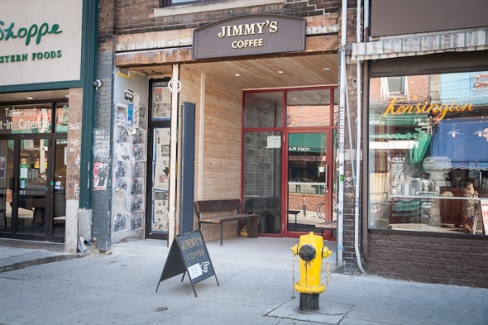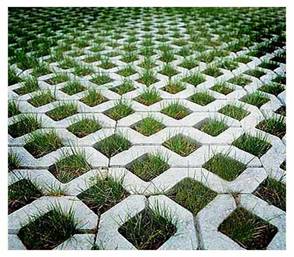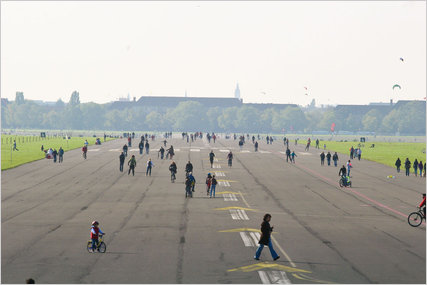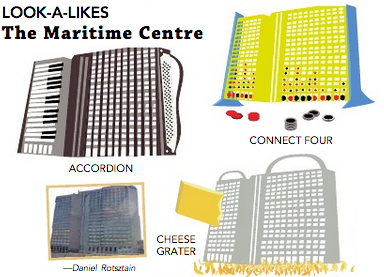
The City of Amsterdam has put together a very excellent Pocket Atlas, and I’ve had the good fortune of getting my hands on a copy.
The Amsterdam Pocket Atlas provides a thorough look into the spatial qualities of the city, illustrated by maps that describe such delights as Amsterdam’s historical morphology, its tram network, an overview of the city’s mix of functions, green spaces, housing prices and more – a wide range of clearly presented facts expressed in well designed maps.
How thoughtful of the City of Amsterdam to have the Urban Geographers of the world in mind when they put this excellent atlas together.
But I shouldn’t be so naive. It’s obvious from the tone and content of the Atlas that the City is appealing to the corporations and industries of globalized capital – attempting to attract fickle, foot loose business by enticing them with the region’s diversity, accessibility & connectivity.
However biased the Amsterdam Pocket Atlas may be, it is nevertheless chalk-full of golden nuggets of geographic trivia – a treasure trove of urban geography delights.
The Atlas shed light on something I found particularly interesting: the limits that the Dutch are able to put on the boundaries of their cities. Under a different plan, Amsterdam could very well have expanded infinitely into its surrounding region. Harlem, Leiden, even sea-size Zandvoort could very well be a part of a North American style GAA (Greater Amsterdam Area).

Reading the excellent Amsterdam Pocket Atlas, I learnt that “for over a century the city acquire[d] space to expand by annexing neighbouring municipalities. Since 1966 the municipal boundaries have been fixed”.
What foresight, to limit the growth of a city – taming the beast before it wreaks havoc on the innocent villages of its hinterland.
Sprawling Toronto did not demonstrate this discipline when it became a mega-city in 1998. Instead, it has become a vast city-region, where a centralized, over burdened municipality has replaced effective local governance. It is a place where the forces of homogenization are something to constantly battle.
The behemoth Halifax Regional Municipality too, could have learnt a lesson from Amsterdam’s spatial discipline when it decided to amalgamate into a too-enormous-to-make-any sense city-region in 1996.
Amsterdam’s ability to limit its borders means a lot of things. It means it is excellently predisposed to make the necessary balance between an ever-densifying city and its highly fertile agricultural hinterland. While Halifax struggles to institute a greenbelt to control sprawl, Amsterdam is well poised for its future.
I don’t know why Dutch cities have tendencies toward spatial discipline, but it manifests in many different scales. For an example, I’ll focus on the neighbourhood level.

Spaarndammerbuurt makes itself explicitly known to its visitors
Neighbourhoods in Amsterdam are discrete spatial units. They are distinct, and have borders that can be easily referenced and mapped. Some neighbourhoods even have pseudo-gates, explicitly marking the space as part of the district: De Pijp’s In/Uit De Pijp sign and the same in Spaardammerbuurt.


It’s clear whether you’re In, or Uit of de Pijp, a neighbourhood in central Amsterdam
This is also not the case in Toronto – most neighbourhoods bleed into each other, and people have a hard time of agreeing on what’s what.
Its seems the Dutch have no need for the advice dished out in Kevin Lynch’s tome The Image of the City. There is a strong tradition of spatial discipline here. Exploring the city, I feel firmly rooted in where I am, and entirely oriented. Dutch cities are bastions of imageability.





































